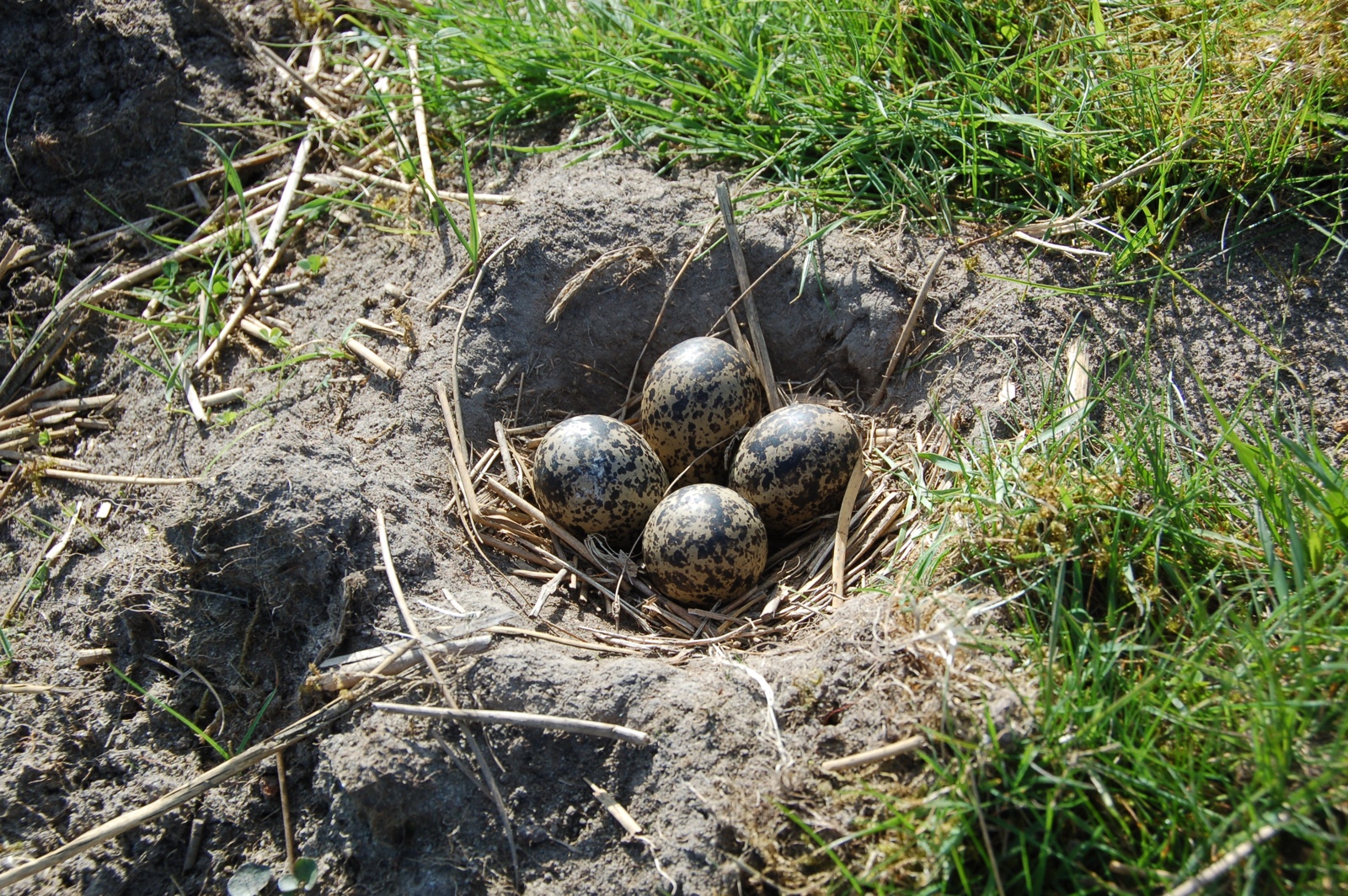Thornhope Moor was acquired by the Philip Wayre Upland Trust in March 2012.

The 278 acre reserve, located in the Wear Valley, is surrounded by Wolsingham Moor which rises above it to the west and north.
The reserve is made up of wet rushy pasture, upland ghyll woodland with juniper (Juniperus communis), upland heath and blanket bog. Thornhope Beck runs north to south through the eastern half of the reserve. The valley of the beck has mature trees at its southern end with juniper on the slopes. Juniper is a threatened species in many areas and is an important food source for black grouse. The Trust intends to plant further parcels of woodland near the beck with the aim of improving the habitat for the black grouse and other species.
Most of the rough grazing on the reserve is a short sward of mat grass (Nardus stricta), purple moor-grass (Molinia caerulea), cotton-grass (Eriophorum vaginatum and E. augustifolium), wavy hair-grass (Deschampsia flexuosa) and soft rush (Juncus effusus). Dwarf shrub species, which are in decline in many upland areas, provide an important food source for both red and black grouse as well as providing valuable cover. With good management the dwarf shrubs on the reserve are flourishing with ling (Calluna vulgaris), bell (Erica cinerea), cross-leaved heath (Erica tetralix), bilberry (Vaccinium myrtillus) and cowberry (Vaccinium vitis-idaea) being the main species.
The reserve is a haven for breeding waders especially curlew, redshank, snipe, lapwing and golden plover as well as black grouse, red grouse and grey partridge. The grazing is specifically managed to create a mosaic of different lengths of sward providing a diversity of growth to suit the different needs of the variety of species which visit. Bilberry, an important deciduous under shrub providing food for grouse and other birdlife, is found in abundance on the wetter areas of the moor.
Roe deer and brown hares are commonly seen on the reserve. Hares are in decline in many parts of the country and the Trust is keen to improve the habitat to ensure the survival of this enchanting and secretive mammal. Wildlife sightings together with the vibrant purple moorland at the summer’s end make this reserve a very special place.
Our supporters are always welcome to visit our reserves by prior appointment. To arrange a visit please contact us.
Latest From The WardenArchive
Our colony of lapwings are doing well, still incubating, and I spotted another two or three today on nests, taking us up to nine or ten at the pasture plus a few outwith that as well. A really good lot of curlew, maybe six pairs, so all we need now is some good weather then they all hatch.
Disturbed quite a big leveret today so it's had an early start for this far north anyway, and I saw a group of mad April hares. Everything else is settling in with a couple of pairs of wheatears, stonechats, and warblers singing in the ghyll as well as a good scattering of pipits. The usual cock pheasants are strutting their stuff and there was the occasional grouse calling.
A room with a view - the adaptable Lapwing - making a nest out of a mole hill...

2022-04-19
